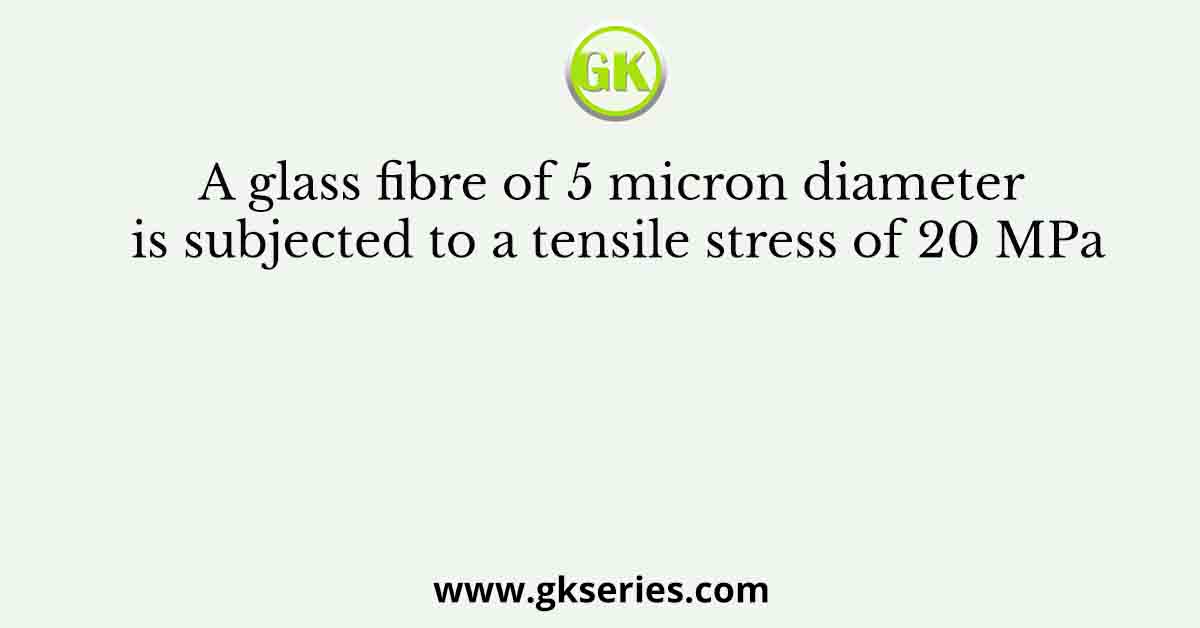
Q. A single bit, equally likely to be 0 and 1, is to be sent across an additive white Gaussian noise (AWGN) channel with power spectral density 𝑁0/2. Binary signaling, with
0 ↦ 𝑝(𝑡) and 1 ↦ 𝑞(𝑡), is used for the transmission, along with an optimal receiver that minimizes the bit-error probability.
Let 𝜑1(𝑡), 𝜑2(𝑡) form an orthonormal signal set.
If we choose 𝑝(𝑡) = 𝜑1(𝑡) and 𝑞(𝑡) = −𝜑1(𝑡), we would obtain a certain bit-error probability 𝑃𝑏.
If we keep 𝑝(𝑡) = 𝜑1(𝑡), but take 𝑞(𝑡) = √𝐸 𝜑2(𝑡), for what value of 𝐸 would we obtain the same bit-error probability 𝑃𝑏?
(A) 0
(B) 1
(C) 2
(D) 3
Ans: 3



![Determine the correctness (or otherwise) of the following Assertion [A] and the Reason [R]](https://www.gkseries.com/blog/wp-content/uploads/2023/10/Determine-the-correctness-or-otherwise-of-the-following-Assertion-A-and-the-Reason-R.jpg)
